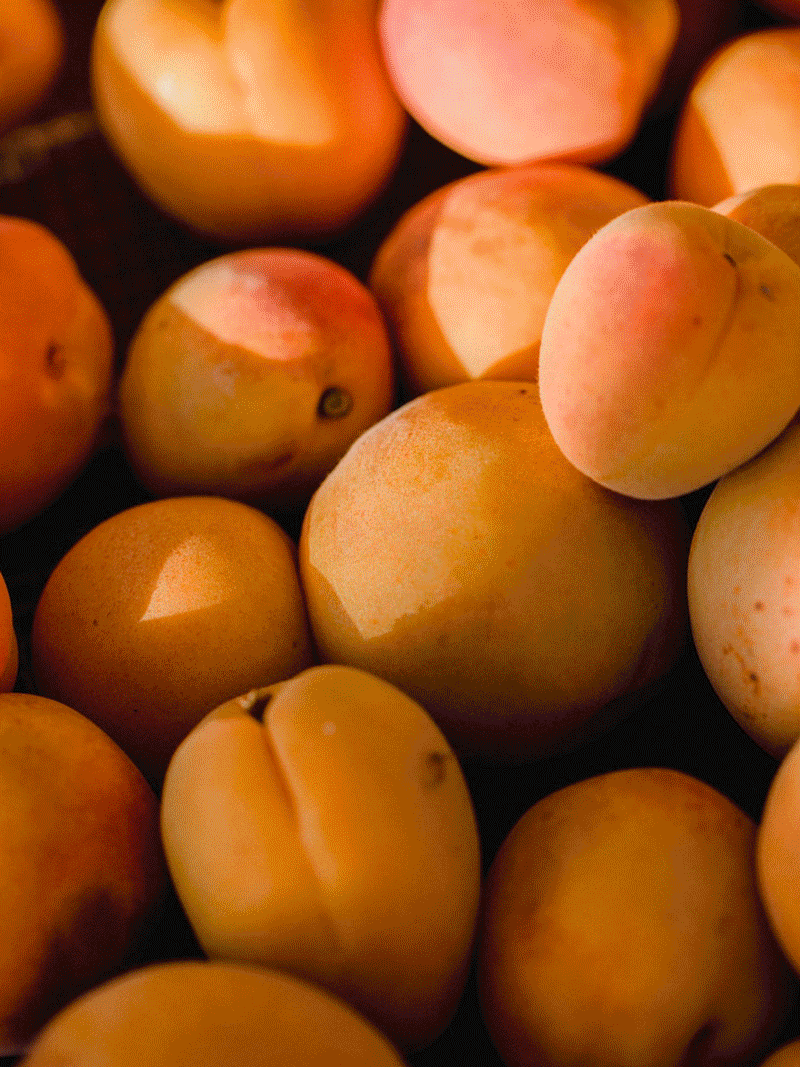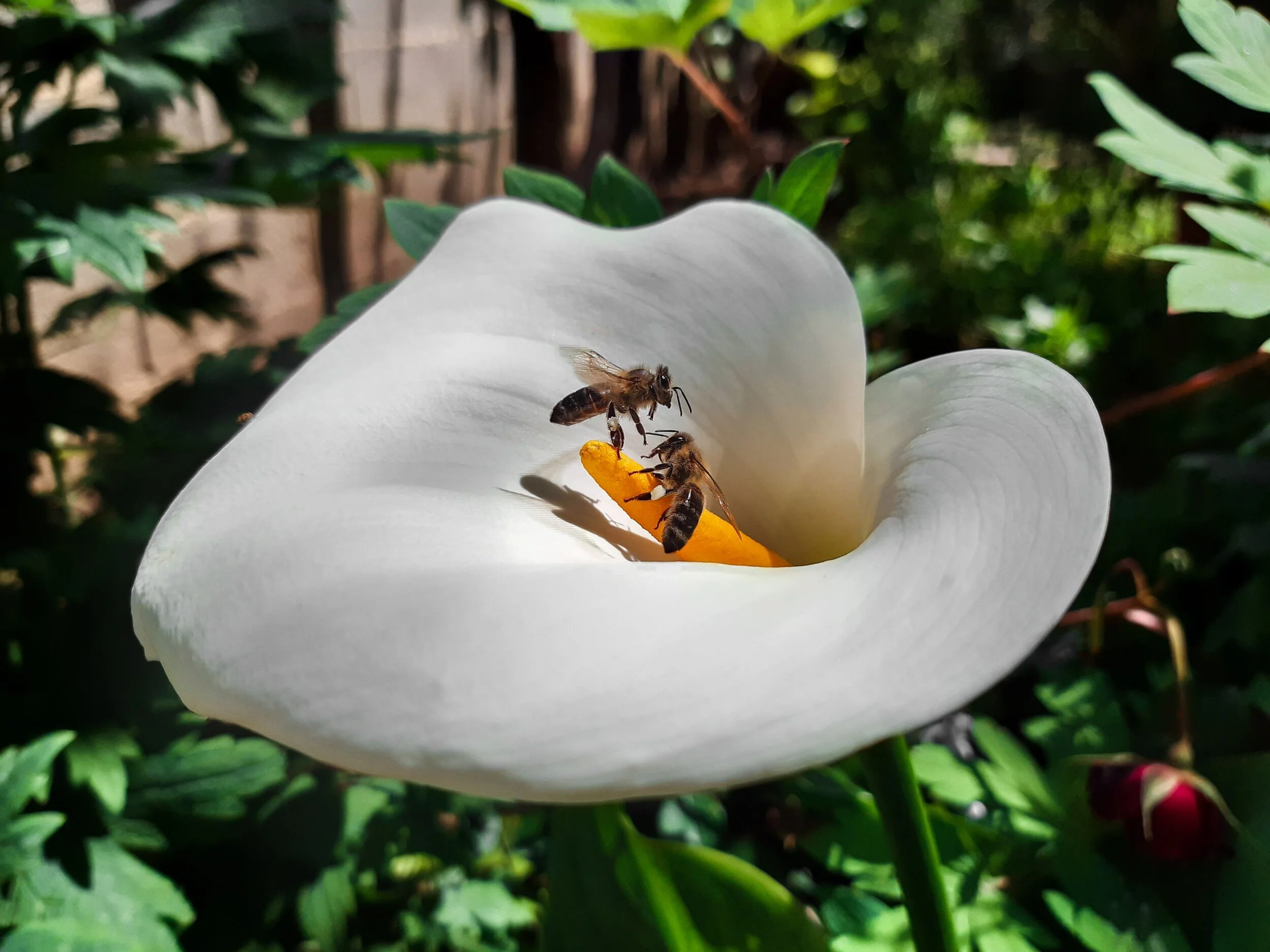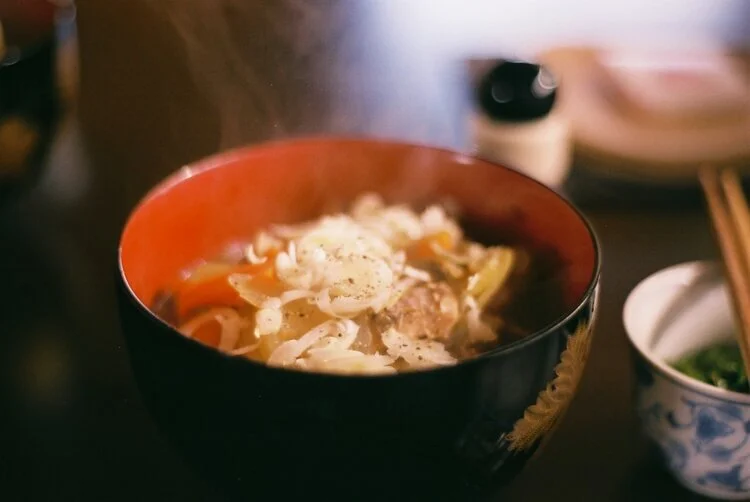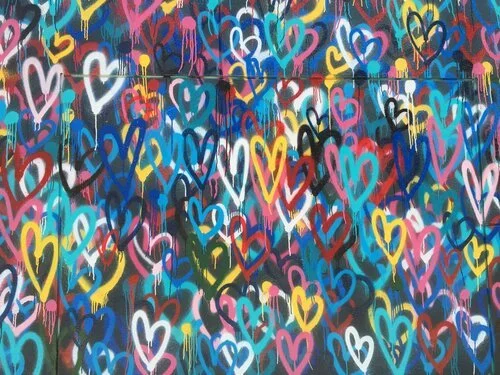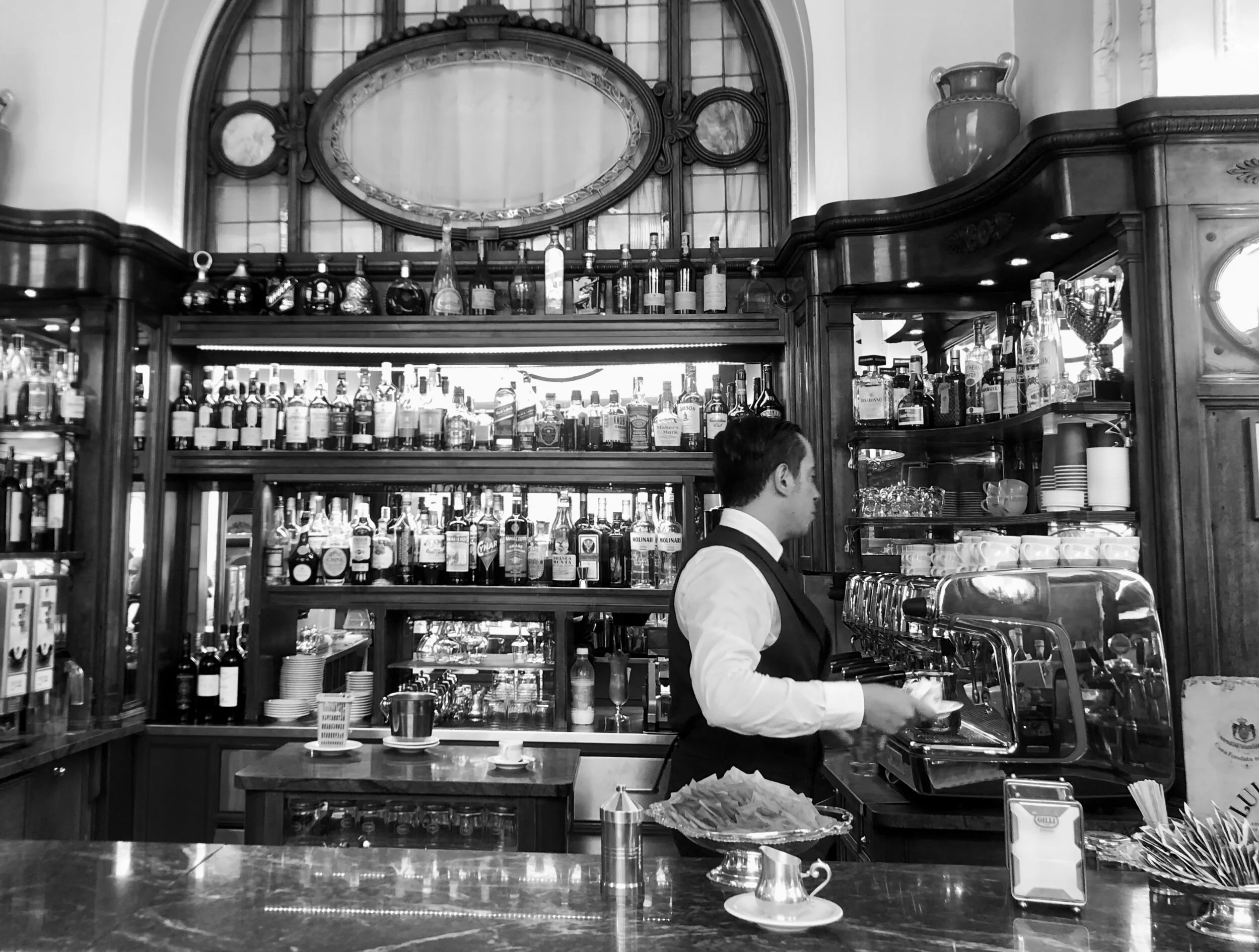
This story is written by Isabel Calkins, a freelance writer and business owner based in Seattle. She is the Creative Director and CEO of Rumination Storytellers, a creative marketing agency that specializes in storytelling and digital marketing.
In the Jewish faith, there is no shortage of rituals, especially as the end of summer rolls around and the leaves begin to change, the bright green transforming to a plethora of reds and oranges. Every year autumn is a time when Jews around the world prepare for some of the most important days in the Jewish faith: the High Holy Days. Usually taking place in early September, Rosh Hashana (the Jewish New Year) and Yom Kippur (Day of Atonement), are a time of celebration, reflection, and atonement. No matter where you live, these Holy Days include rituals that you won’t find in other communities, making them extremely special and beautiful to all who celebrate. While there are so many delightful rituals that make up this time of year (apples and honey, anyone?), for me, a Jewish creative writer and business owner based in Seattle, there is one word in particular that I keep close to my heart as September approaches and the holiday prep begins.
I have been formally learning Hebrew since I was a kid, but it wasn’t until I spent a semester in Israel as a High School student that I really started to relate to it. My expanding knowledge of the Hebrew language impacted my perspective on Jewish holidays as I started to understand new meanings to words that previously went over my head. Teshuvah, תשובה, pronounced tuh-SHOO-vah, is a Hebrew word literally meaning “return”, as in the “return to God,” but is often translated as “repentance.” As a kid hearing this word in synagogue, the idea of repentance originally seemed daunting. When I was little, I dreaded going to the temple just to sit there and pray for hours at a time. It wasn’t fun for me, mainly because I didn’t understand what was going on, I just felt like I was constantly in trouble. But as I got older and learned Hebrew, I started to participate in Rosh Hashana differently. This included a ritual called Tashlich, a ceremony performed in the afternoon on the first day of Rosh Hashanah. Tashlich helped me to change my perspective on repentance.
Although many communities celebrate differently, at my synagogue for Tashlich we would walk down to a stream located behind the temple and we would say a few silent prayers before throwing bread crumbs or pebbles into the flowing stream, as an act of symbolically casting off the sins of the previous year. It was during this ritual when I started to understand repentance not as a punishment, but as an opportunity for growth.
Across the many denominations of the Jewish faith, Teshuvah is one of the most consistent themes and spiritual components of the High Holy Days. While many faiths have their own version of atonement, for Jews, repenting for past transgressions provides an opportunity to accept and apologize for the sins you have committed so that, ideally, you stop or minimize them for the future. While it may not be the most well-known of rituals, Teshuvah taught me about accountability and moving forward without guilt, something that can quietly accompany you wherever you are.
This article is part of the Rituals edit of DIMMI DIGEST. September marks the beginning and the end of so many things—the end of summer, the beginning of a new school year; the time when lush green spaces slowly turn golden yellow and orangey-brown to match the crisp weather. Through repetition, rituals connect us to family and ancestors, giving us the opportunity to look at the world through a familiar yet vintage lens, allowing us to plant our feet knowing that the layers of our history below us are there to support and guide us. Whether a ritual is centuries old (like many religious rituals) or a new tradition, they’re a meaningful way to connect to those around you, in circles both big and small.






